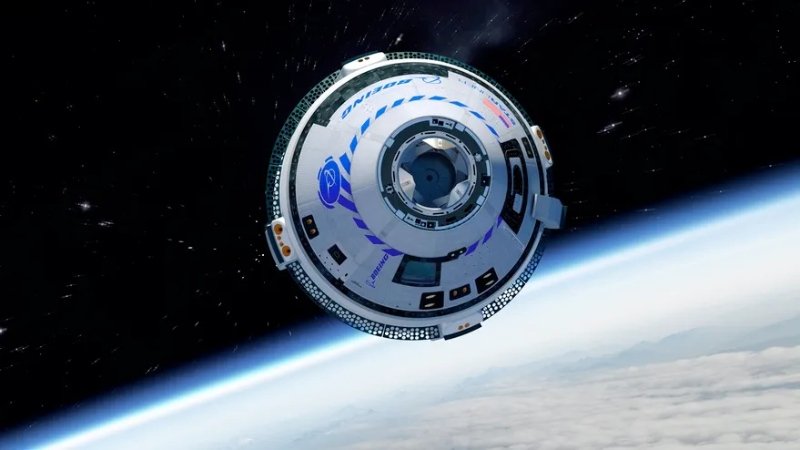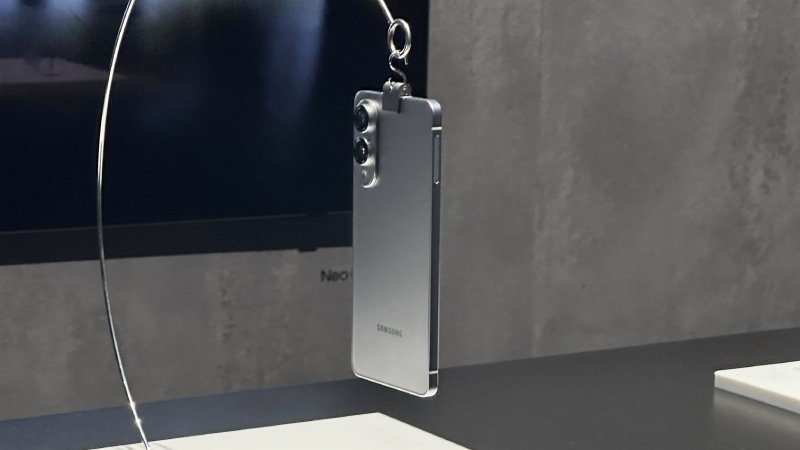Boeing’s Starliner spacecraft, which carried astronauts Butch Wilmore and Suni Williams to the International Space Station last month, is facing technical challenges that have delayed their return to Earth. The astronauts, who have now been in space for 51 days-six weeks longer than planned-are awaiting resolution of issues with the spacecraft’s propulsion system. The problems include overheating of the reaction control thrusters, which caused some to shut down as Starliner approached the ISS, and helium leaks in the propulsion system.
NASA and Boeing officials have confirmed their intention to bring the astronauts back on the Starliner, despite the difficulties. Ground teams have been conducting tests, including firing a thruster on a test stand in White Sands, New Mexico, to assess its performance. This weekend, additional tests are planned in orbit to check the spacecraft’s thrusters while it is docked at the ISS.
There has been speculation about the possibility of using a SpaceX Crew Dragon capsule to return the astronauts, as there is one currently docked at the station and another scheduled to arrive with a new crew next month. However, NASA’s commercial crew program manager, Steve Stich, emphasized that the primary goal is to complete the mission using Starliner, highlighting that the spacecraft was specifically designed to transport crew members.
The Starliner launched from Cape Canaveral Space Force Station in Florida on June 5, marking the first time astronauts have flown in Boeing’s commercial crew capsule. This test flight is a critical step toward certifying Starliner for regular missions to rotate crews to and from the ISS. NASA has extended the mission duration to conduct thorough testing and data analysis, aiming to ensure the spacecraft’s safe return capability and understand the root causes of the propulsion issues.
One significant test involved stress-testing a thruster on the ground, simulating the conditions it would face during a mission. This testing revealed similar thrust degradation to what was observed in space, with some thrusters showing reduced performance. A Teflon seal in an oxidizer valve was found to be deformed, potentially restricting the flow of nitrogen tetroxide propellant. Engineers are currently evaluating the situation to ensure the seal can withstand the stress of undocking and re-entry. The thrusters are not required while Starliner is docked, giving engineers time to address the issues before the astronauts’ return journey.
Topics #Boeing #Boeing's Starliner spacecraft #galaxy #NASA #news #solar system #spacecraft #Starliner #Starliner spacecraft #Universe











